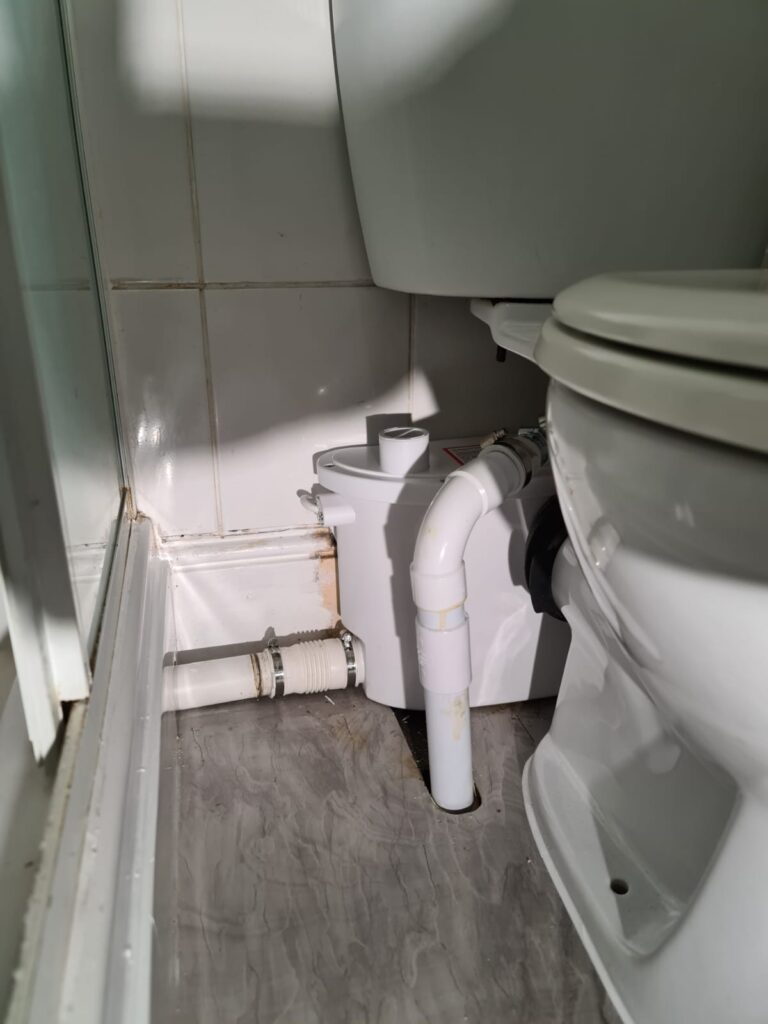What Causes a Toilet to Overflow?
When it comes to household mishaps, a toilet overflow is undoubtedly one of the most dreaded and inconvenient plumber experiences. It can create quite a mess and leave you feeling helpless. But fear not, in this comprehensive guide, we will delve into the various reasons behind a toilet overflow and explore preventive measures and solutions to tackle this unpleasant situation.

Understanding the Basics
Toilets are relatively simple devices, consisting of a bowl, a tank, and a flushing mechanism. Understanding how they work is crucial in identifying the causes of an overflow.
Blockages in the Drain
One of the most common reasons for a toilet to overflow is a blockage in the drain. This blockage can occur due to a buildup of toilet paper, hygiene products, or foreign objects that have been flushed down the toilet.
Preventive Measures
To prevent plumber blockages, avoid flushing anything other than toilet paper and human waste. Consider using a wastebasket for disposing of hygiene products.
Faulty Flapper Valve
The flapper valve is responsible for controlling the water flow from the tank to the bowl. If it becomes damaged or misaligned, it can lead to continuous water flow, causing an overflow.
Preventive Measures
Regularly inspect the flapper valve for wear and tear. Replace it if necessary to ensure it functions correctly.
High Water Pressure
Excessively high water pressure in your plumbing system can cause the toilet to overflow, as the tank may fill up too quickly.
Preventive Measures
Consider installing a pressure-reducing valve to regulate water pressure in your home.
Faulty Float
The float in the toilet tank is responsible for shutting off the water supply when the tank is full. If it malfunctions, the tank may continuously fill, leading to an overflow.
Preventive Measures
Check the float periodically for any signs of damage or misalignment. Replace it if needed.
Immediate Action
In the unfortunate event of a toilet overflow, it’s essential to know what immediate steps to take.
Turn Off the Water Supply
Locate the shut-off valve, usually located behind or beneath the toilet, and turn it clockwise to stop the water flow.
Clear the Blockage
If you suspect a blockage, use a plunger or a toilet auger to attempt to clear it.
Contain the Mess
Use towels or absorbent materials to contain the water and prevent it from spreading further.
A toilet overflow can be a troublesome situation, but armed with knowledge about its causes and preventive measures, you can minimize the chances of it happening in your home. Remember to regularly inspect your plumbing fixtures and take immediate action if you ever find yourself dealing with an overflow.
Frequently Asked Questions (FAQs)
- Can I use chemical drain cleaners to clear a toilet blockage? It’s not recommended, as these chemicals can be harsh on your plumbing and may cause further damage. A plunger or toilet auger is a safer option.
- How often should I inspect the float in my toilet tank? Check it at least once a year to ensure it’s functioning correctly.
- What should I do if the water pressure in my home is too high? Consult a professional Bristol plumber to install a pressure-reducing valve to regulate the water pressure.
- Is it safe to flush wet wipes down the toilet? No, it’s best to dispose of wet wipes in a wastebasket to prevent blockages.
- What if the toilet continues to overflow even after I’ve turned off the water supply? In such cases, it’s crucial to contact a plumber immediately to address any underlying issues in your plumbing system.
